Benefits of Installing a Water Softener
Since you moved into your house, you’ve had a nagging feeling that your water isn’t quite up to par. It tastes a little funky, which you remedied by buying a water filtration pitcher. And it doesn’t always seem to give you the nice suds you want when you’re washing dishes or shampooing. So what gives?
From the sound of it, you may be struggling with a case of the hard water blues. Don’t worry, though: Hard water isn’t something you have to live with. You can always purchase and install a water softener to eliminate the problem.
What Is Soft Water?
Let’s start today’s lesson by talking about hard water. Hard water is water that contains trace amounts of minerals including magnesium and calcium. Though the minerals won’t harm you on the outside or inside, they can make your water perform less consistently and taste unpleasant. Plus, they can take a toll on all your plumbing because they cause corrosion within many types of pipes, fixtures, hardware, and supply lines.
Consequently, you want water that’s “soft” and doesn’t contain any harsh chemicals. That’s why so many homeowners use water softeners as a hard water treatment solution.
How Water Softener Works
Water softeners are pieces of equipment that are hooked up to your incoming water supply. It doesn’t matter if you rely on well water or water pumped in from a municipal water system. Either way, you can run your hard water through the water softener.
When hard water enters the water softener, it goes through the mineral tank. The mineral tank contains resin beads with a negative charge. Since minerals like calcium and magnesium are positively charged, they’re attracted to the resin beads. As they stick to the resin beads, they’re replaced by either sodium or potassium molecules.
The result is “soft” water that flows directly into whatever taps you want — the taps that go to your washing machine, dishwasher, bathtub, or shower. Overnight, your water softener will go through a process to clean the resin beads with a special brine and send the unwanted minerals out through your wastewater line.
The Benefits of Water Softener
Like you would for any plumbing upgrade you make to your property, you’ll want to know the advantages that come with installing a water softener. Here are just a few:
More efficient appliances. Do you have at least one high-efficiency appliance? It won’t be as efficient as you’d like if it doesn’t have a supply of soft water.
Longer-lasting appliances and plumbing. Unless you enjoy replacing your appliances or water pipes sooner rather than later, consider buying a water softener. If your water leaves mineral stains on your clothing or has begun to damage your water supply lines, hard water might be the problem.
Softer hair and skin. If it feels like you can’t quite get clean no matter how much you try, hard water could be the culprit. Hard water can cause your skin to feel dry and itchy and your hair to look frizzy, even if you use conditioner.
Less soap scum. If you’re fed up with thick layers of soap scum around your tub, find out if you have hard water. Hard water usually creates large amounts of soapy residue that’s hard to scrape off tiles and tubs.
Cleaner clothing. Who wants to deal with stiff clothes that may not feel or smell completely clean even after being laundered? A water softener can make laundry feel cleaner, softer, and wearable.
Should You Make Softer Water a Habit?
Now that you have a better appreciation for how a water softener works, you may want to explore which softeners are the right fit for your home. Get in touch with Gainesville Mechanical today to get advice from one of our expert technicians and learn what water softener could be best for your needs.
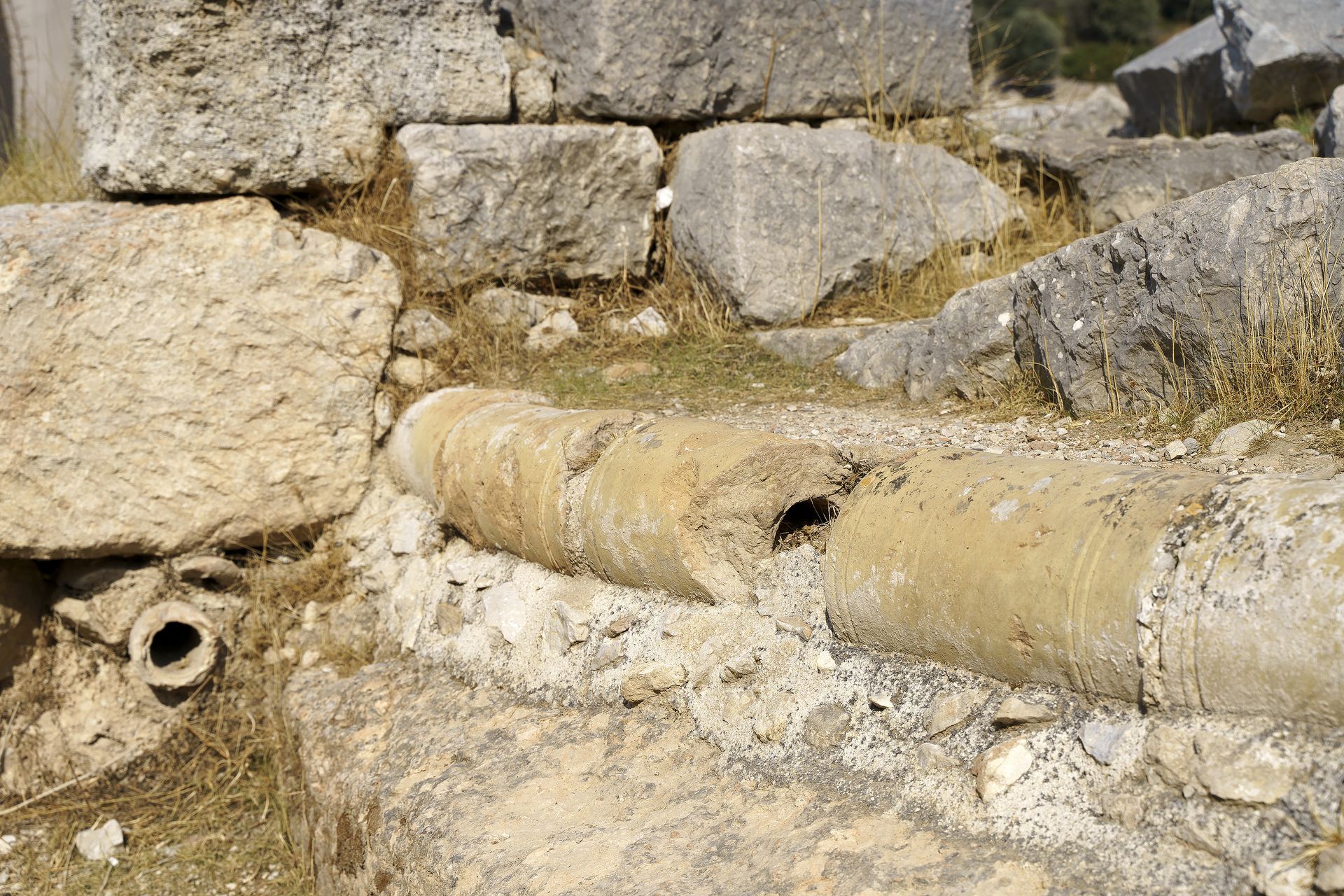
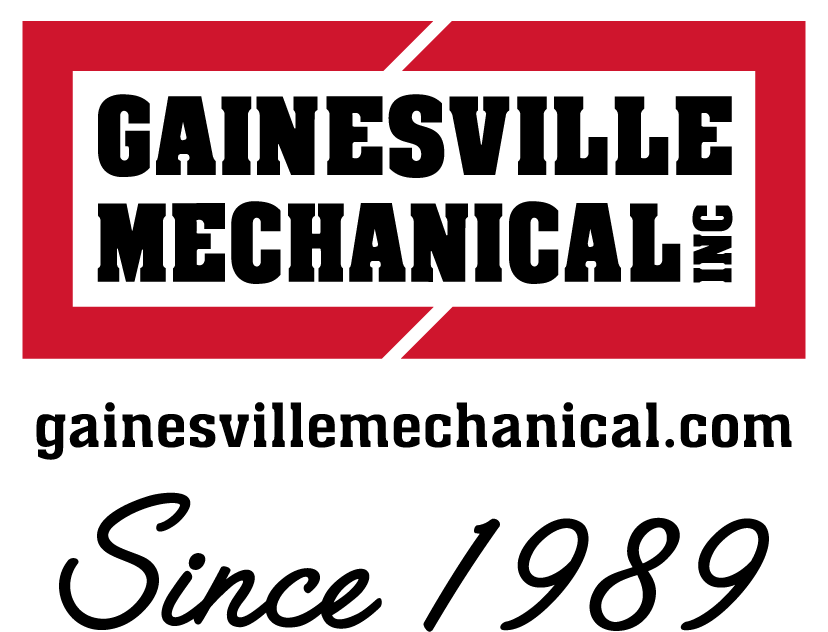

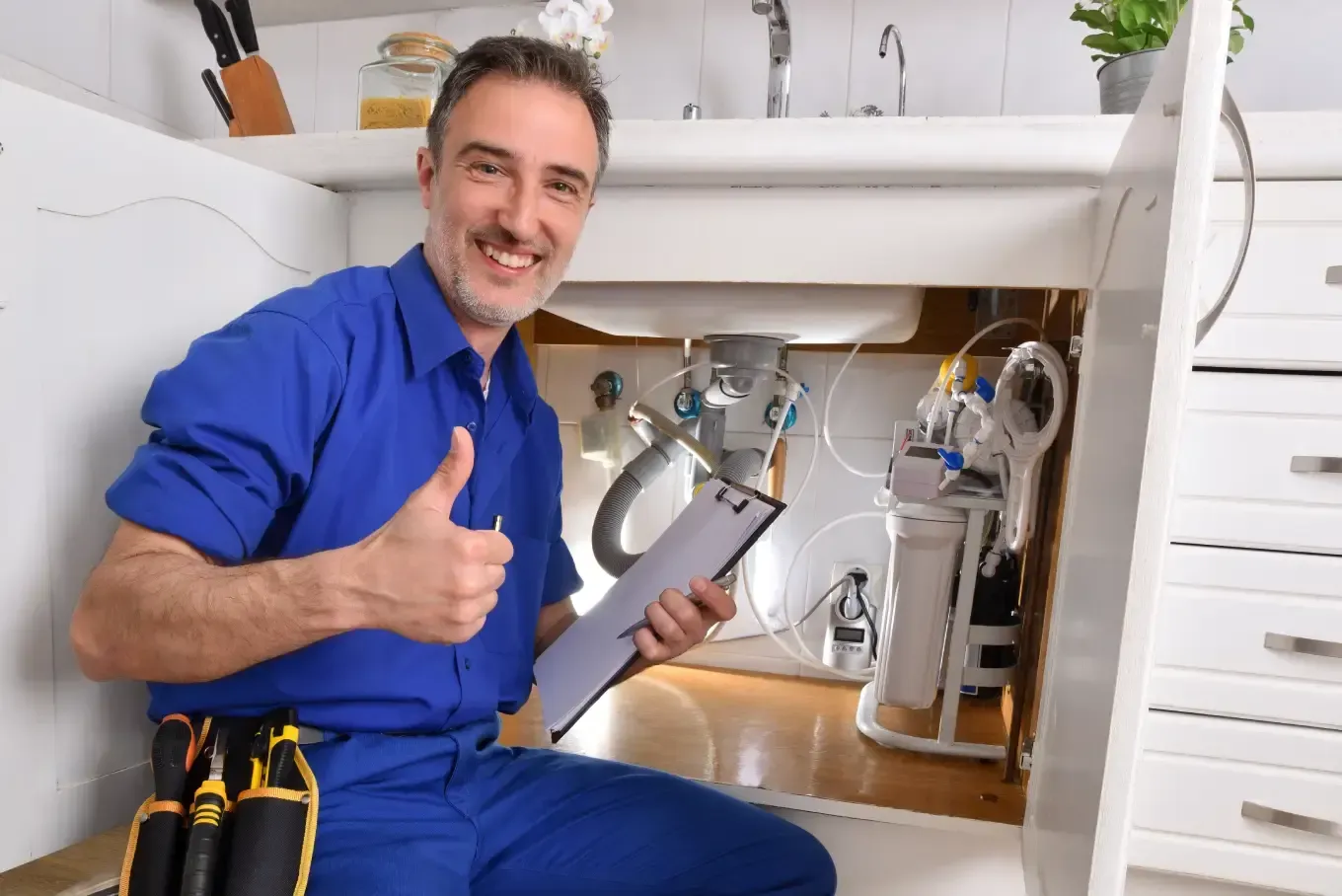
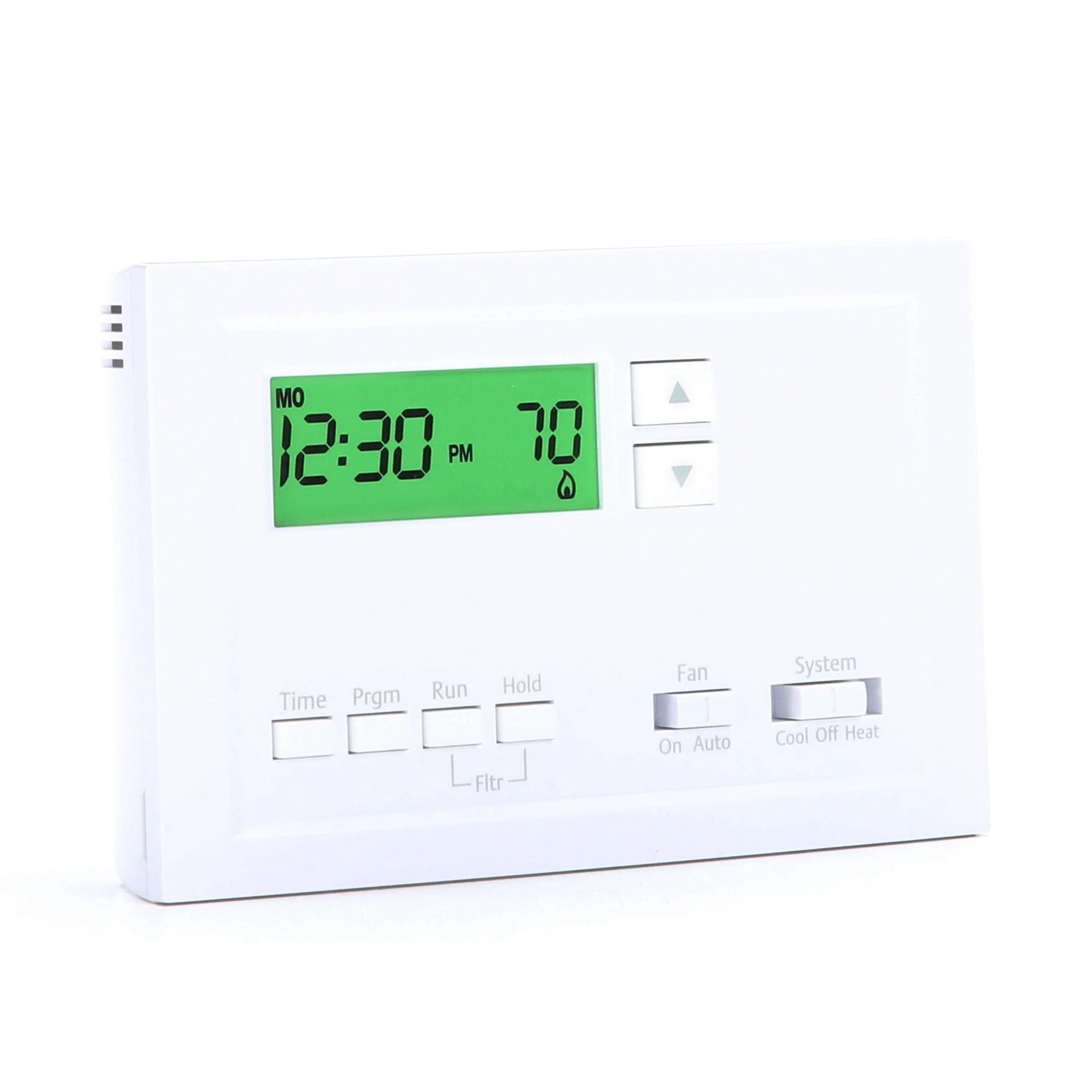
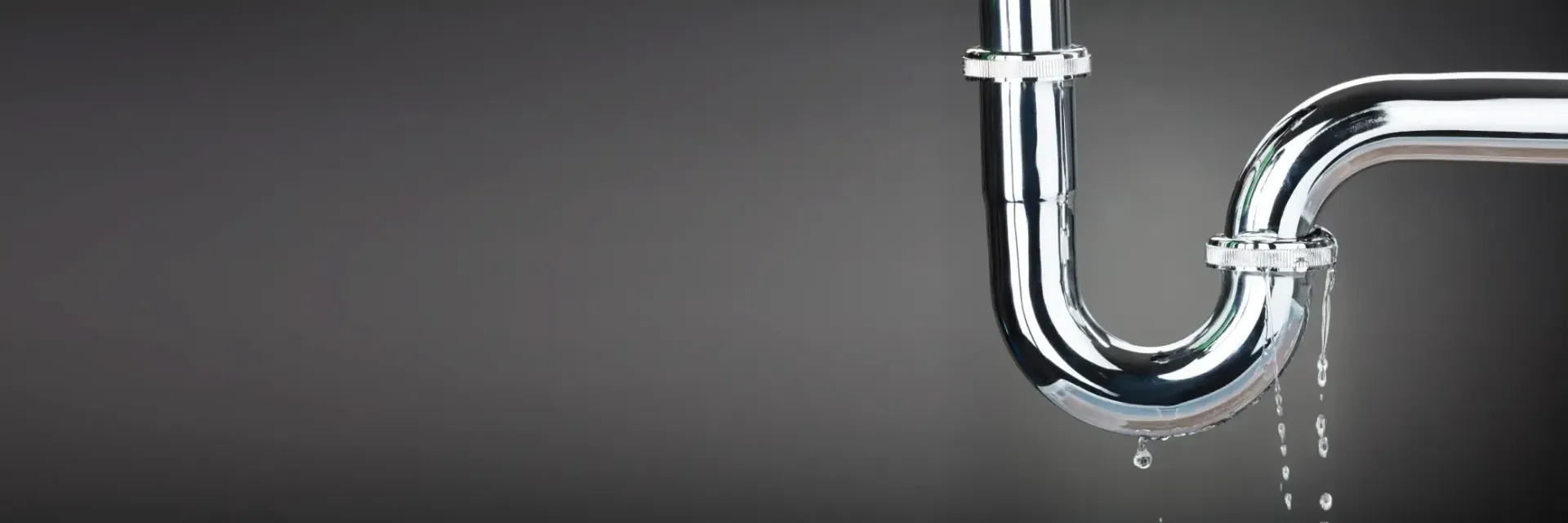
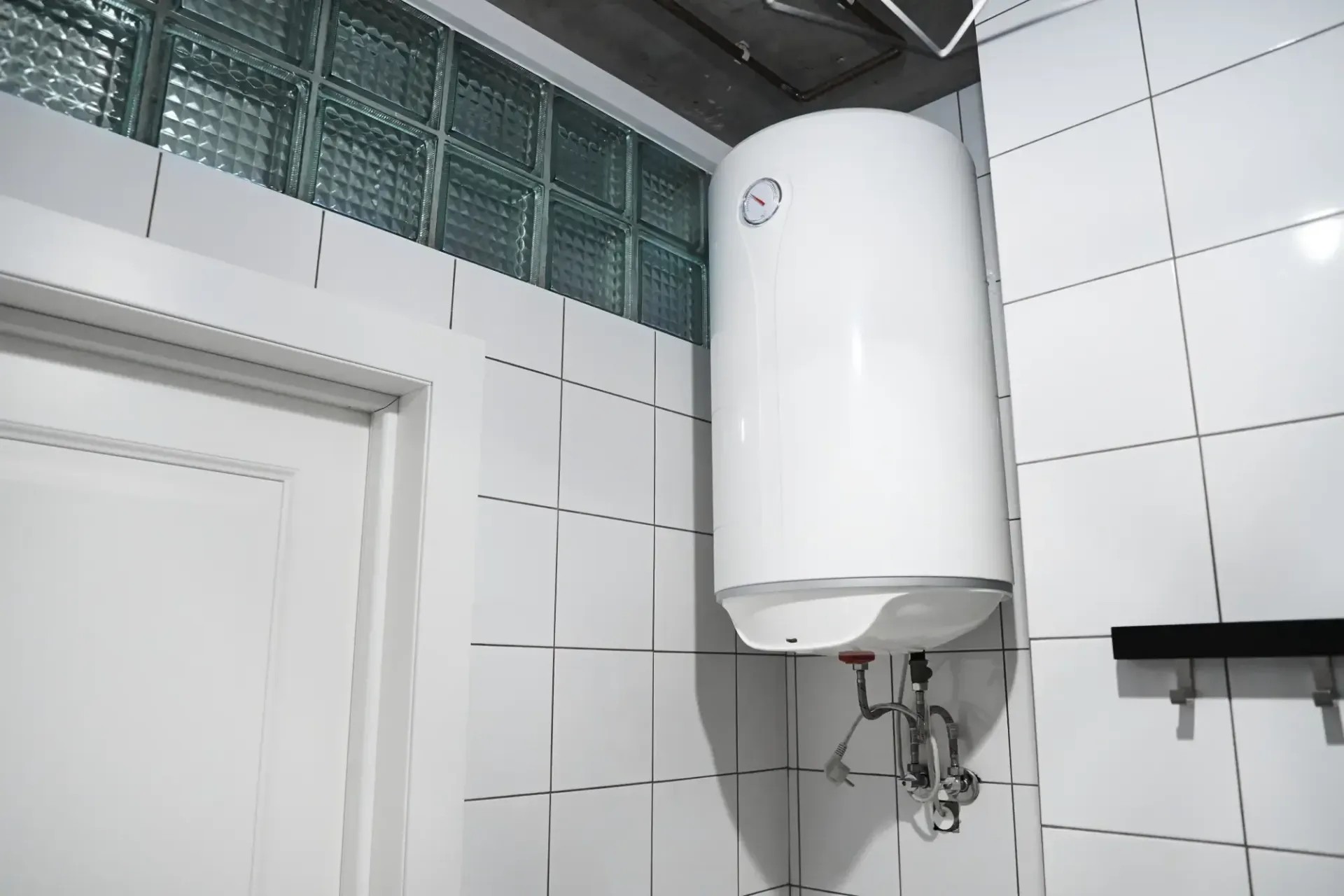
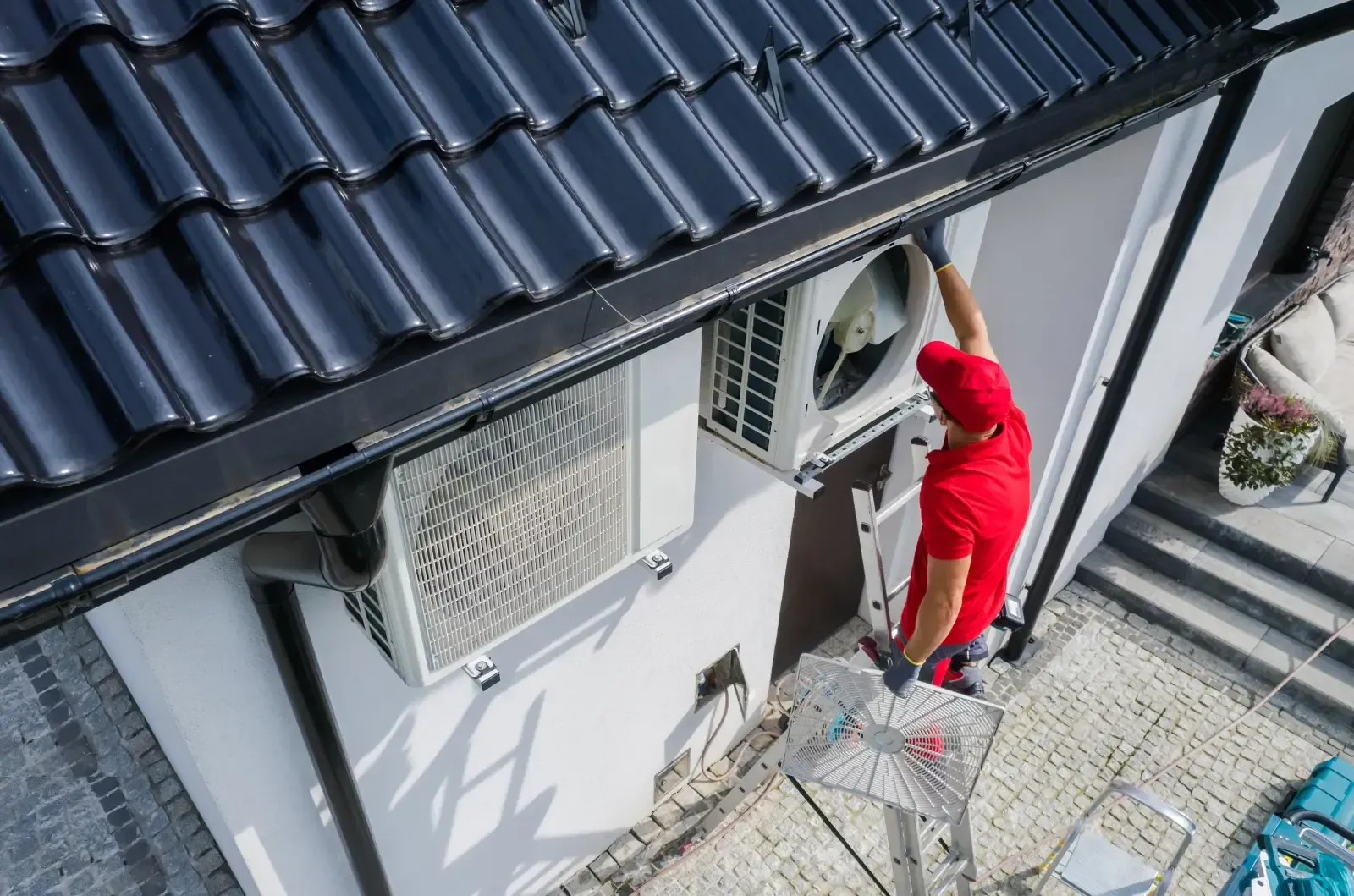
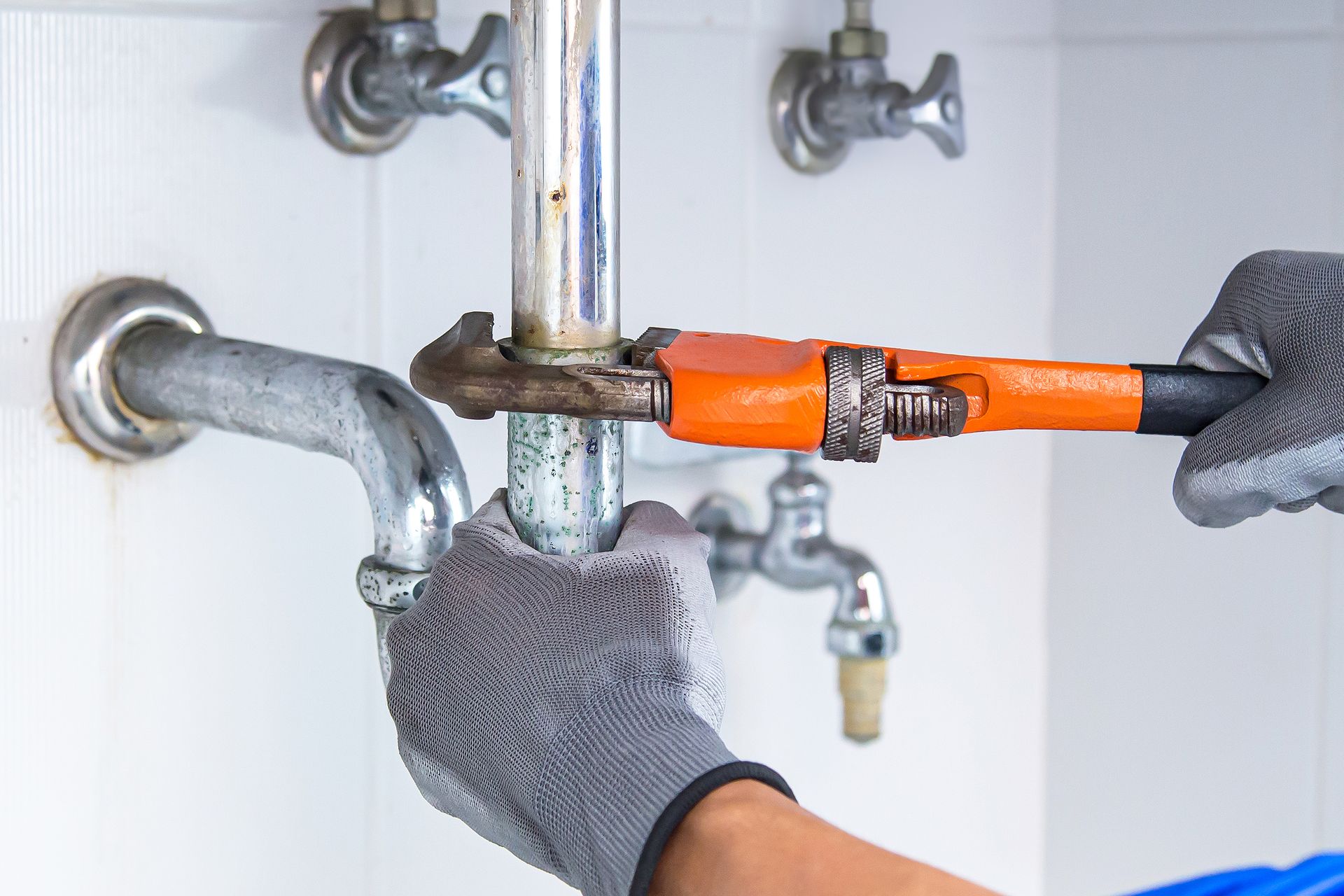
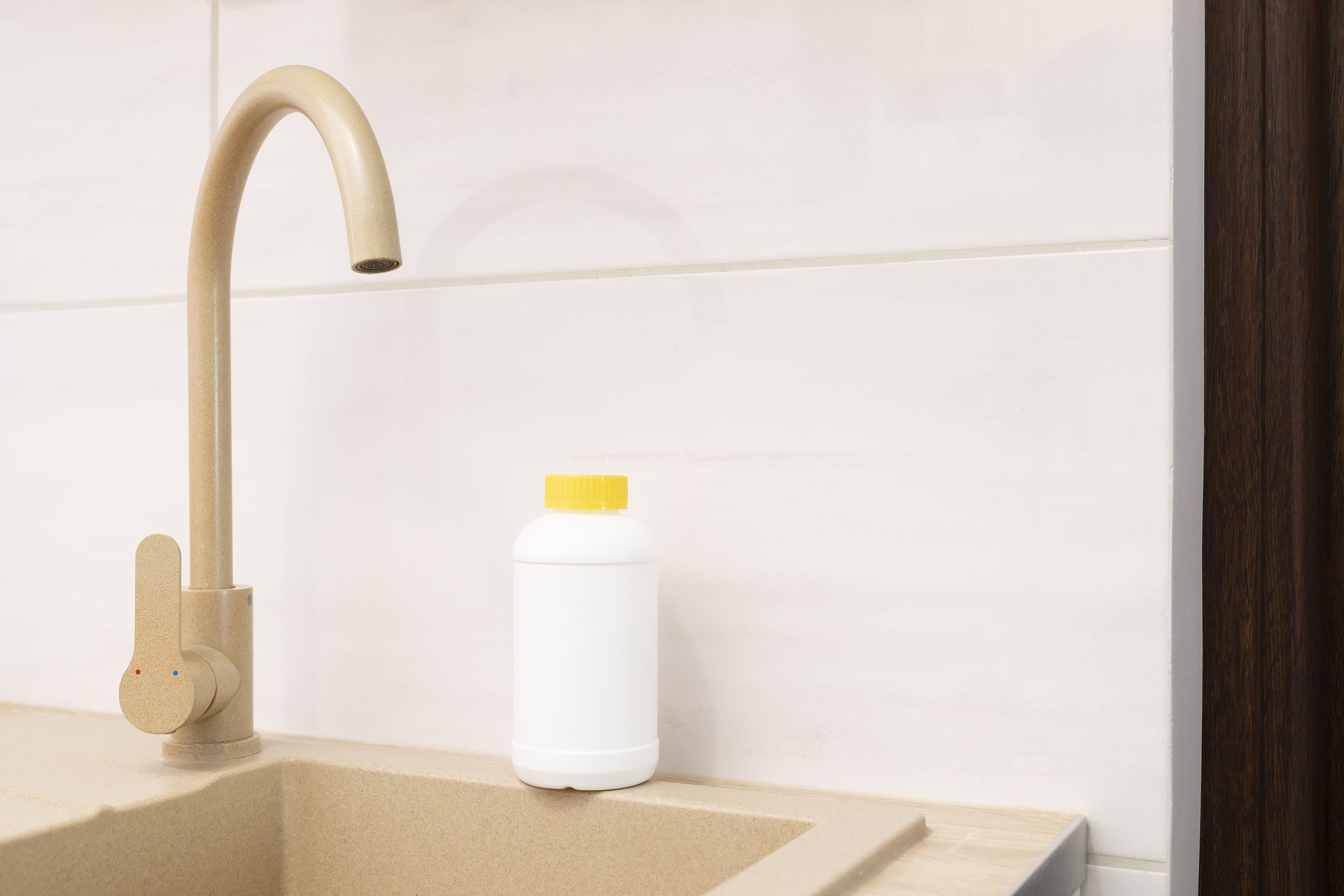
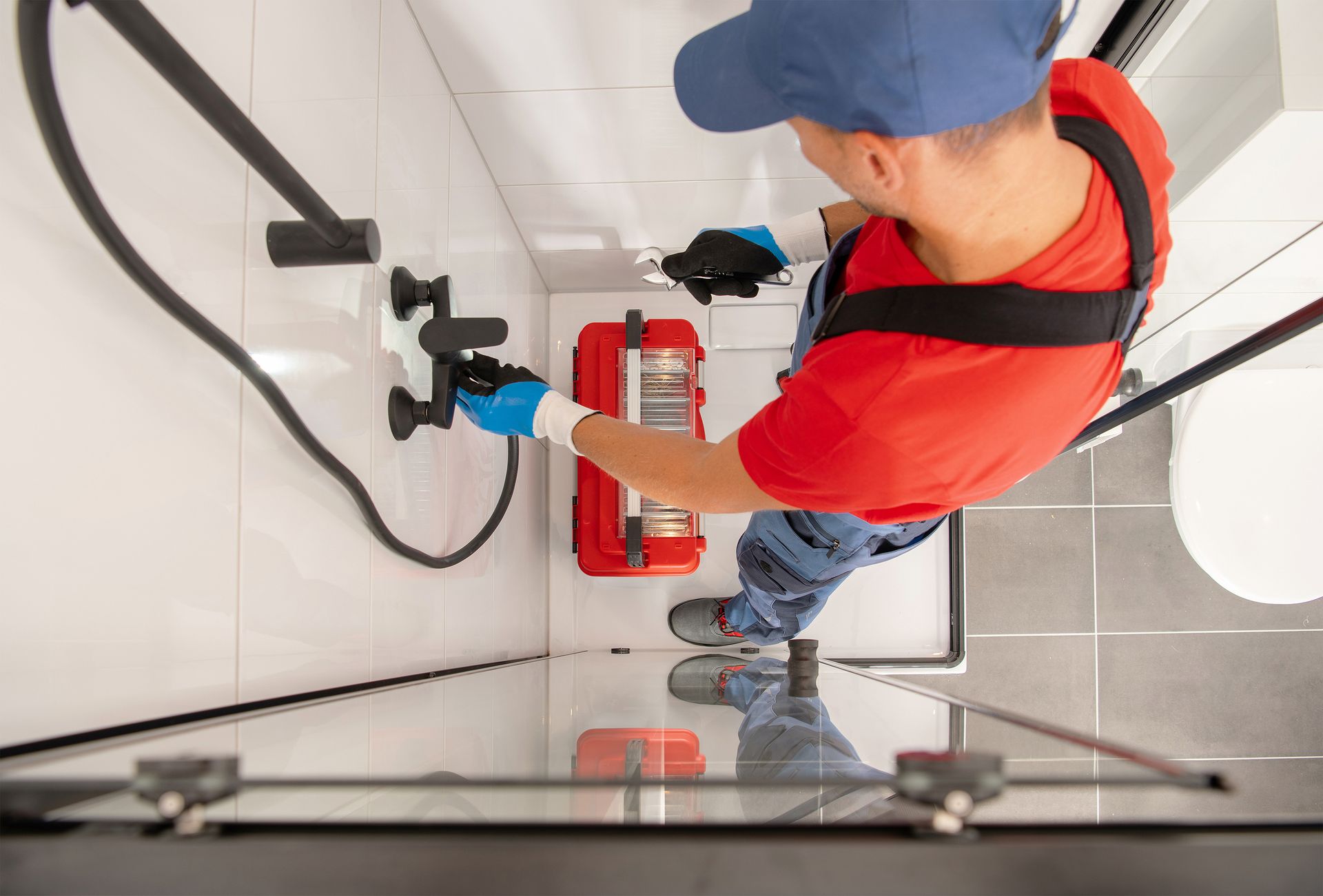
Share On: